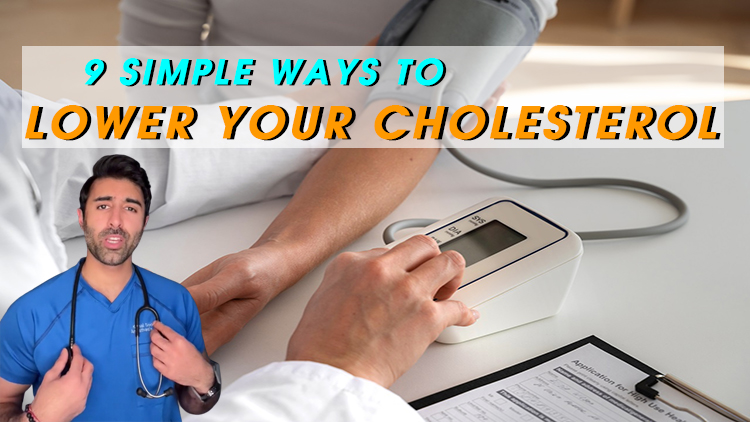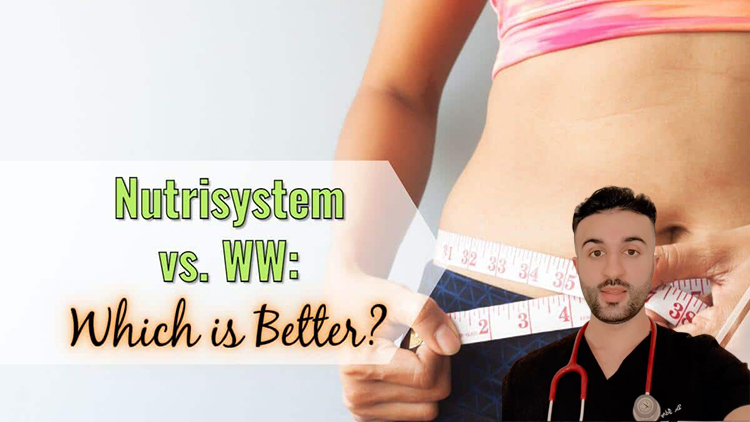
- Learn your family history
- Maintain a healthy weight
- Exercise
- Check nutrition facts
- Eliminate trans fats
- Substitute oils
- Eat fruits, nuts, and vegetables
- Quit smoking
- Take medication
Healthy heart, long life
More than 70 million American adults have high cholesterol, according to the Centers for Disease Control and Prevention (CDC). Of these, only 1 in 3 has their condition under control, and less than half are getting treatment. People with high cholesterol have twice the risk of developing heart disease as people with healthy levels. Learn more about what lifestyle changes you can make to get your cholesterol levels in check.
1. Learn your family history
If high cholesterol or heart disease runs in your family, you may be at increased risk for these conditions. Talk to your relatives to find out if anyone has a history of high cholesterol. Also, find out if any of the following conditions run in your family:
- diabetes
- obesity
- atherosclerosis
- metabolic syndrome
If you have a family history of any of these conditions, consult with your doctor about your cholesterol levels and the best lifestyle plan for you.
2. Maintain a healthy weight
Even a small amount of extra weight can contribute to high cholesterol levels. Fortunately, if you’re overweight, you don’t have to lose it all; shedding just 5 to 10 percent of your body weight can cause a major reduction in cholesterol levels, according to the Obesity Action Coalition. You gain and lose weight based on whether you’re eating more or fewer calories than you burn each day. Find out what your daily calorie needs are by using this handy food plan calculator from the U.S. Department of Agriculture (USDA).
3. Exercise
Even if you’re not overweight, exercise can still help reduce high cholesterol. It can also raise levels of HDL cholesterol, the “good” cholesterol. The U.S. Surgeon General recommends at least two hours and 30 minutes of exercise a week, which is about 30 minutes a day, five days a week. Even a small amount of physical activity can help. Try taking a 10-minute walk during your lunch break or taking the stairs instead of the elevator.
4. Check the nutrition facts
Read the labels on your food.
Try to limit the amount of saturated fats you eat. Saturated fats are found in:
- cheese
- fatty meats, such as bacon and chicken skin
- egg yolks
- whole milk
- grain- and dairy-based desserts
Switch to lean, skinless meats and skim milk, and limit your dessert intake.
5. Eliminate trans fats
Trans fats raise your “bad” cholesterol and lower your “good” cholesterol. They’re often found in fried foods as well as in commercially packaged baked goods, such as cookies and crackers. The amount of trans fat in foods has been decreasing since the FDA issued a preliminary warning against trans fats in 2013. It determined that the manufactured variety of trans fats found in packaged foods, called partially hydrogenated oils, are not “generally recognized as safe” (GRAS). Be sure to check the ingredient lists on any packaged foods you choose. Make sure the trans fat percentage is zero grams and that the ingredient list does not contain any hydrogenated oils.
6. Substitute your oils
You don’t have to cut fats out of your diet entirely. Instead, switch to unsaturated fats, which may lower your “bad” cholesterol and raise your “good” cholesterol levels. Instead of butter or mayonnaise on bread, try using olive oil. Peanut, avocado, and canola oil are good options for cooking. Fats that are solid or semisolid at room temperature, such as coconut oil and butter, are referred to as saturated fats. The American Heart Association (AHA) recommends that you limit consumption of saturated fats to less than 5–6 percent of your daily calorie intake.
7. Eat fruits, nuts, and vegetables
Nuts and avocados are good sources of unsaturated fats and make for healthy snacks. These categories of foods are all rich in soluble fiber, which traps cholesterol and helps the body eliminate it:
- fruits
- vegetables
- beans
Try the following foods, which are high in soluble fiber:
- lentils
- kidney beans
- edamame (soybeans)
- dark leafy greens
- pears
- apples
Edamame also contain isoflavones, which may lower cholesterol levels. Another cholesterol-busting nutrient is lycopene, which is found in tomatoes. Make sure that you get enough servings of vegetables each day.
8. Quit smoking
According to the National Heart, Lung, and Blood Institute, smoking is a major risk factor for high cholesterol and heart disease. Smoking tobacco causes the arteries to harden and leads to atherosclerosis. It also roughens the walls of the arteries, allowing cholesterol to stick more easily and begin to form plaques.
If you smoke, cut back or quit entirely. Avoid repeat exposure to secondhand smoke.
9. Take medication
If lifestyle changes aren’t enough to get your cholesterol levels under control, you may need to take a cholesterol-lowering medication. The most common type of drug to lower cholesterol is called a statin. Statins block the pathway your body uses to create cholesterol from fats in your diet.
Other options are available, including:
- bile acid sequestrants
- nicotinic acid
- fibric acid
- cholesterol absorption inhibitors
Talk to your doctor to find out if you would benefit from medication.






